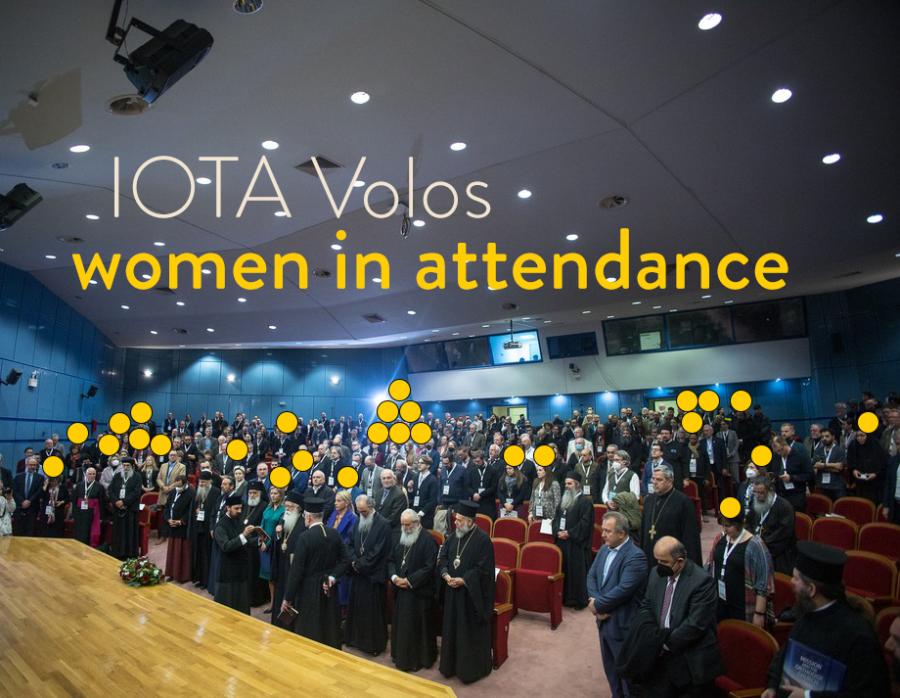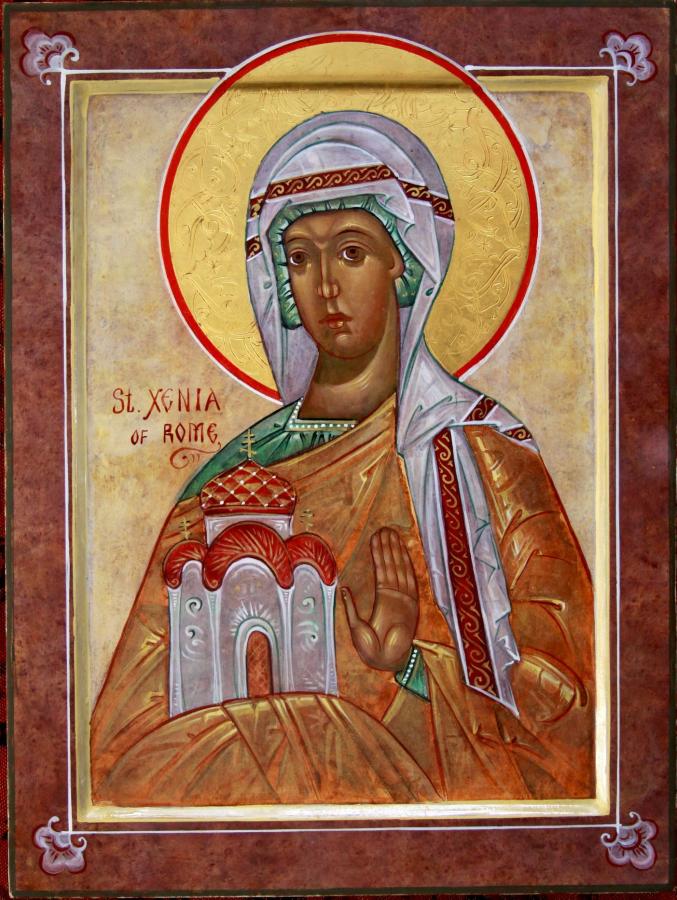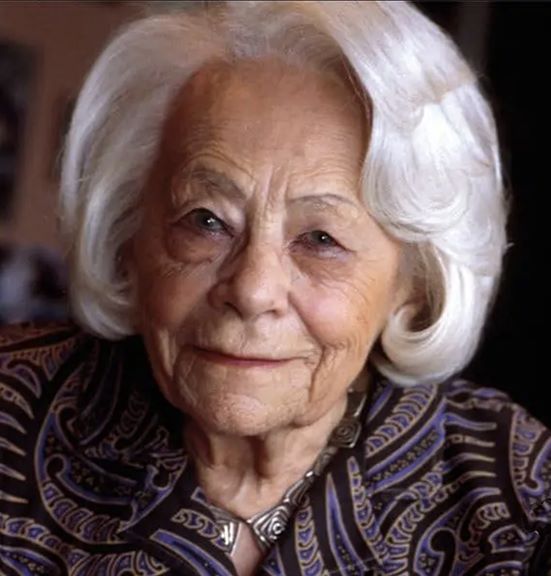Blog Posts

I spend a lot of time working with women at Axia, and thinking about women’s issues, and looking at Orthodoxy through my own eyes and those of the women in our network. And when I go to liturgy, I find myself in parishes whose membership is at least half women and girls. So attending the International Orthodox Theological Association’s mega-conference in Volos, Greece, was a bit of a shock, however much I had been expecting it. I already knew that less than a quarter of its 450+ attendees would be women. Most of the people attending were theologians or other church scholars, and a large proportion wore cassocks.

On Tuesday, we overheard theologian Peter Bouteneff say how much he loves the saints of that particular day, so we asked him to tell us more:
On January 24, the Church remembers two great women named Xenia.

Dr. Elisabeth Behr-Sigel (1907-2005) was one of the preeminent Orthodox theologians of the 20th century. Born in France, she was a pioneer in the field of feminist theology and dedicated much of her work to exploring the role of women in the Church. She had converted to Orthodoxy in her 20s, joined the French resistance during WWII, and later studied at St Sergius Institute in Paris in their open courses even before they admitted women to receiving degrees. She had three children and many grandchildren, and ended up earning her doctorate in theology in her 70s. She taught at the Catholic Institute of Paris, the Theological Faculty of St.

Jan Bear writes on an unknown--and literally underground--saint in her post called "I'm Not Hiding, I Am on a Journey" for today's installment of our Women on Women Saints series:
A long time ago, I heard an Orthodox speaker, whose name I’ve forgotten along with the exact wording of this quote, talk about a Russian holy woman who dug a grave in her basement and spent her time lying in it, praying. When her neighbors told her she should stop hiding and get out more, she replied, “I’m not hiding. I am on a journey.”

Our advisor Judith Scott shared with us a sermon she gave at her parish on the way we look forward to the events of the Crucifixion (and therefore the Resurrection) even as we await the good news of the Nativity:
Let us consider chronos (Eastern Standard Time for example) and kairos (sacred time), because we are preparing for the Nativity, God’s Incarnation, kairos bursting into chronos. We do this knowing that the future of the child who is born will suffer death and be buried. In our perception of time, this has already happened. Jesus conquers death for all of us, which is happening now and will be forever.

On December 4, we were immensely fortunate to welcome Dr. Nadieszda Kizenko to walk us through an Orthodox ethos around confession–how it developed, the wide variety of traditions that have developed from it, and how we might approach it now. So many of us struggle with confession–it’s such an intimate, personal rite. None of us seem to feel that we do it correctly. Maybe that’s partly because practices vary so much from place to place, but isn’t it also because it’s hard to find someone to give us guidelines? As always with our Ask an Expert sessions, we asked everyone who registered to send their questions–and we received a wide variety of fascinating and urgent ones, showing all the more how this theme is so important.

Dear Friends,
As the glorious Feast of the Nativity approaches where we celebrate God becoming incarnate in the world, we can’t help but remember these words from St. Maria of Paris: "Each person is the very icon of God incarnate in the world."
Axia! You are an icon of God in the world!
When we go to church, we see walls bedecked with the icons of saints we cherish. This is also true outside our parish walls—our world is bedecked with the beautiful image of God in the very people in front of us!
At Axia, we know that sometimes the images, stories, and the work of women--work that is incarnational--often isn't visible in our Church.


